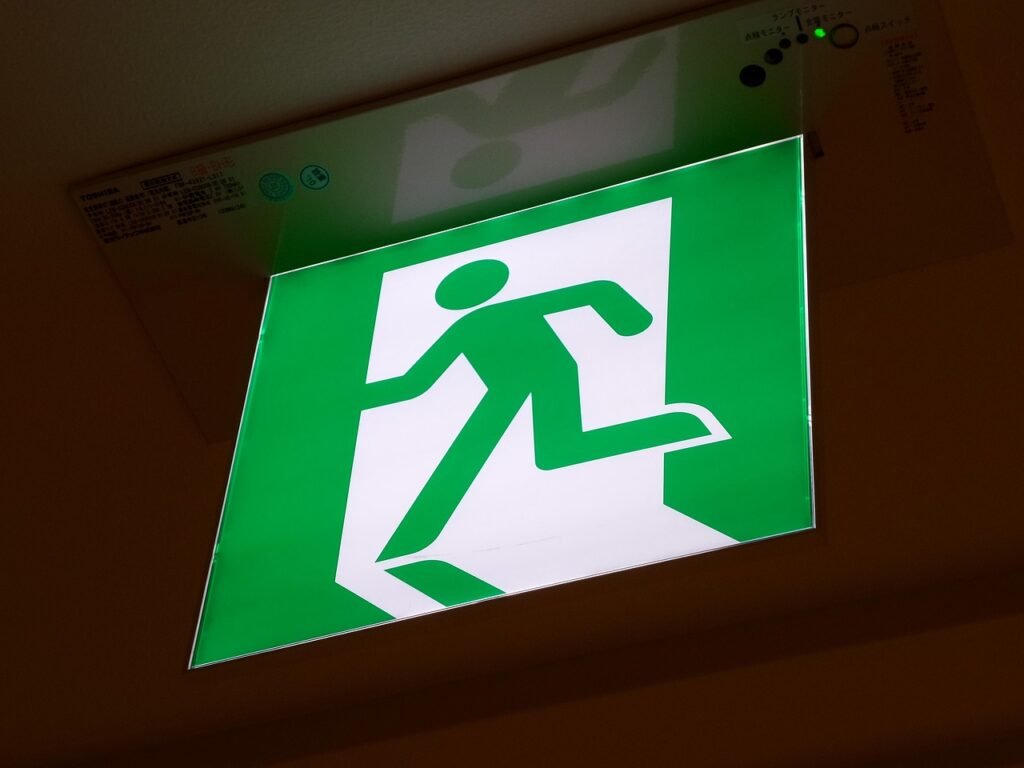Emergency alerts have become a key part of Britain’s public safety strategy. In recent years, the government has invested heavily in a mobile-based alert system designed to warn people about life-threatening events, such as severe weather, flooding, wildfires, or even national emergencies. As the UK prepares for another nationwide test in 2025, it’s worth exploring how this system works, why it matters, and what Britons can expect in the coming months.
Why Emergency Alerts Matter
The UK’s emergency alert system was launched in 2023, following recommendations from the Covid-19 Inquiry and a growing awareness of the need for rapid, reliable communication during crises. The government’s aim is simple: to strengthen national resilience by ensuring people receive timely warnings when they are at risk. These alerts are sent directly to mobile phones and are designed to reach as many people as possible, regardless of where they are or what they are doing.
Unlike older systems such as air raid sirens, which only covered limited areas, the new alerts can reach nearly 90% of mobile phones in a defined region. This means that, whether you’re at home, at work, or travelling, you’re likely to receive a warning if you’re in danger. The system is seen as a major upgrade from previous methods and has been praised by emergency services and government officials for its potential to save lives.
How the System Works
When an emergency alert is issued, your phone will emit a loud, siren-like sound for up to ten seconds—even if it’s set to silent mode. The message will appear on your home screen, providing details about the incident and clear instructions on what to do next. You’ll need to acknowledge the alert before you can use other features on your phone.
The alerts are only sent by government departments, emergency services, or public bodies that deal with crises. They are reserved for situations where there is an immediate risk to life, such as severe flooding, major fires, or extreme weather events. The government has stressed that these alerts will not collect personal data or track users’ locations, addressing concerns about privacy and security.
Recent Tests and Their Impact
The first national test of the emergency alert system took place in April 2023. It was the largest simultaneous public message in British history, reaching 93% of eligible phones within three minutes. According to government data, 88% of the public knew the test was coming, which helped reduce confusion and panic. The test prompted a loud alarm and a message on millions of phones, with most users receiving the alert as intended.
However, some people did not receive the alert, often due to network issues or device settings. The government and mobile operators have since worked to resolve these problems, aiming for even broader coverage in future tests. The Cabinet Office has reassured the public that emergency alerts are just one part of a wider communication toolkit, which also includes local emergency services and national media.
What’s Coming in 2025
A new nationwide test is scheduled for 2025, with almost every mobile phone in the UK set to receive an alert. The test will mimic a real emergency: your phone will sound a 10-second siren, display a message, and require you to acknowledge it before continuing normal use. The exact date has not been announced, but officials have confirmed that these tests will occur at least once every two years to ensure the system remains effective.
The 2025 test is part of a broader effort to improve the UK’s crisis preparedness. This follows lessons learned from the Covid-19 pandemic, when timely information could have saved lives. The government has said the test is not meant to cause panic, but to make sure the system works and that people know what to expect in a real emergency.
Public Reaction and Expert Insights
Public response to the emergency alert system has been largely positive. Surveys show that over 90% of Britons believe the alerts will help keep them safe during emergencies. Emergency services, including the National Fire Chiefs Council, have welcomed the technology, saying it will help them do their jobs more effectively and keep communities informed.
Experts in alarm systems have noted that the UK is catching up with other countries where similar systems have been in place for years. The ability to reach millions of people instantly is seen as a major step forward, especially as climate change increases the frequency of severe weather events.
How to Manage Alerts on Your Device
Most modern smartphones are automatically set up to receive emergency alerts. If you prefer not to receive these notifications, you can opt out by adjusting your phone’s settings. On Apple devices, go to ‘Settings’, then ‘Notifications’, and scroll to ‘Extreme and severe alerts’ to toggle them on or off. Android users can search for ‘emergency alerts’ in their settings and turn off test or operator alerts if desired. However, the government encourages people to keep alerts enabled for their own safety.
Conclusion
As the UK faces new challenges, from extreme weather to public health crises, the emergency alert system stands as a vital tool for national safety. The upcoming 2025 test will help fine-tune the system, ensuring it works when it’s needed most. For now, Britons can rest assured that the technology is in place to warn and protect them in times of danger.
The next time your phone emits a sudden, loud alarm, remember—it’s a sign that the UK is taking steps to keep everyone safe. By staying informed and following the instructions in any alert, you can help protect yourself and those around you.
To read more click here

